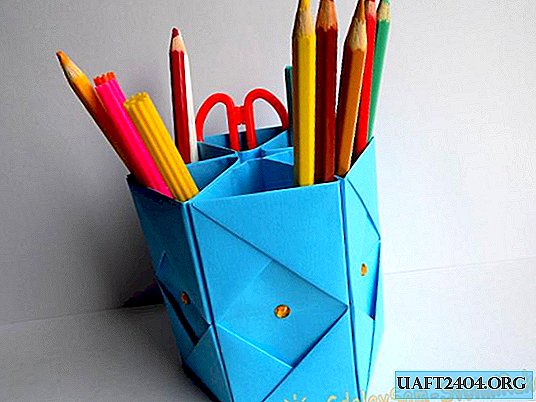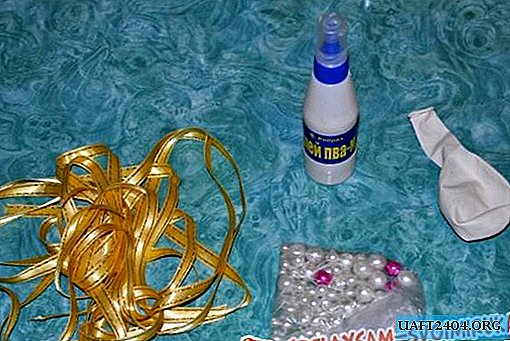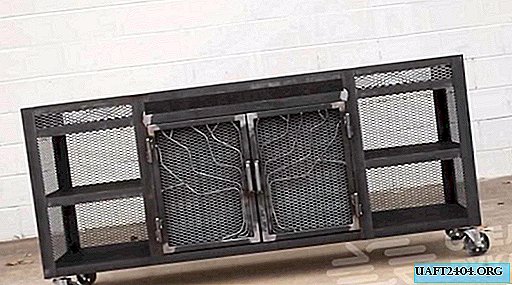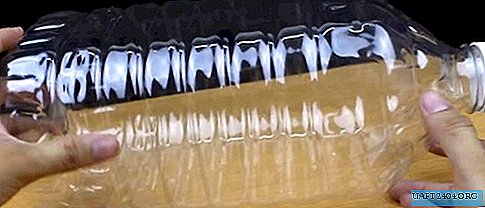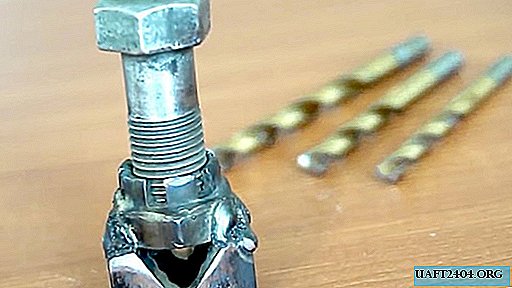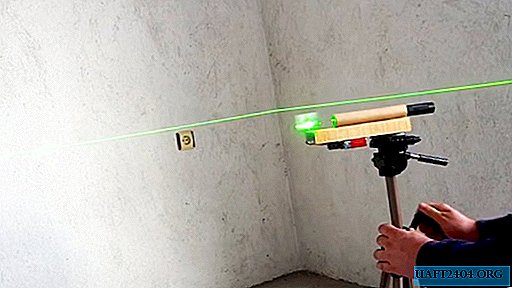Share
Pin
Tweet
Send
Share
Send
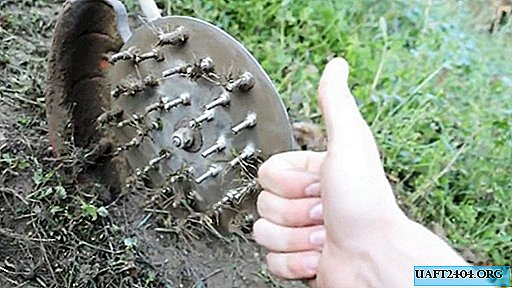
Having a powerful motokosa you can convert it into a cultivator for weeding weeds between rows. Special nozzles are on sale for this, but you can make them yourself if you wish. Such equipment is installed on the scythe instead of a knife, while the device itself does not need to be redone. The spit will still be able to be used for its primary purpose.
Materials:
- sheet steel at least 3mm thick;
- M6 or M8 bolts with nuts and washers 60 mm - 32 pcs.
Nozzle making
First you need to determine the diameter of the base of the nozzle.
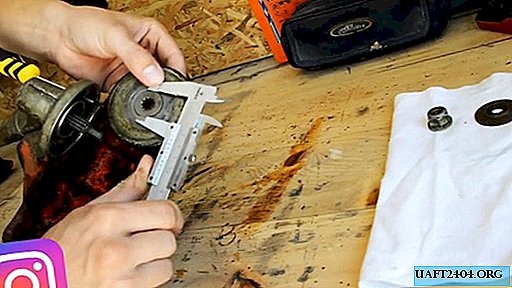
It will be made in the form of a disk that needs to be cut out of sheet steel. It is optimal for the nozzle to fit the size of a standard mowing knife. If the engine of the scythe is powerful, then it can be slightly increased to fit the row spacing.
On the steel sheet, the center of the nozzle is approximately marked, and a hole of 6 or 8 mm is drilled.

A bolt is inserted into it and tightened with a nut. From a double folded thread, you need to tie a loop with a length equal to the radius of the disk. Having thrown one edge of the loop on the bolt and caught on it with a marker, you need to draw a nozzle circle.

The circle is cut using an available tool. After this, the edge of the disc should be sanded against burrs.

Now you need to drill a central hole in the disk for the mounting diameter of the washer used to install the mowing knives. This can be done with a step drill.

The prepared disk should be divided into 8 sectors. Each of them is divided into 4 segments.

According to the markup received, 24 holes are drilled for the existing bolts.

If desired, you can make one more hole in the center of each segment to fill in the gaps. It is very important to maintain symmetry in order to maintain disk balance.

The surface of the disc is polished from the burrs obtained during drilling. A bolt with a washer is inserted into each hole and tightened with a nut.


The resulting nozzle is clamped in a brushcutter like an ordinary knife. Rotating, its spikes from the bolts capture the topsoil, tearing out weeds and damaging their root system. At the same time, the stems are ground, so they will not be able to recover, even if it rains.


The nozzle works really well, especially on soft sandy soils.


Unfortunately, it raises a lot of dust, so it is better to cultivate in the wind. When working, you should wear high boots and glasses, since pebbles in the soil can fly out. If the ground is soft and without cobblestones, and the nozzle is well centered, then the braid gearbox does not break.



This is faster than manually waving a clock with a chopper for hours on end.

Responsibility is always yours.
This is not a guide to action, but merely an introduction. If you are going to make something incidental, then only at your own peril and risk.
Share
Pin
Tweet
Send
Share
Send

